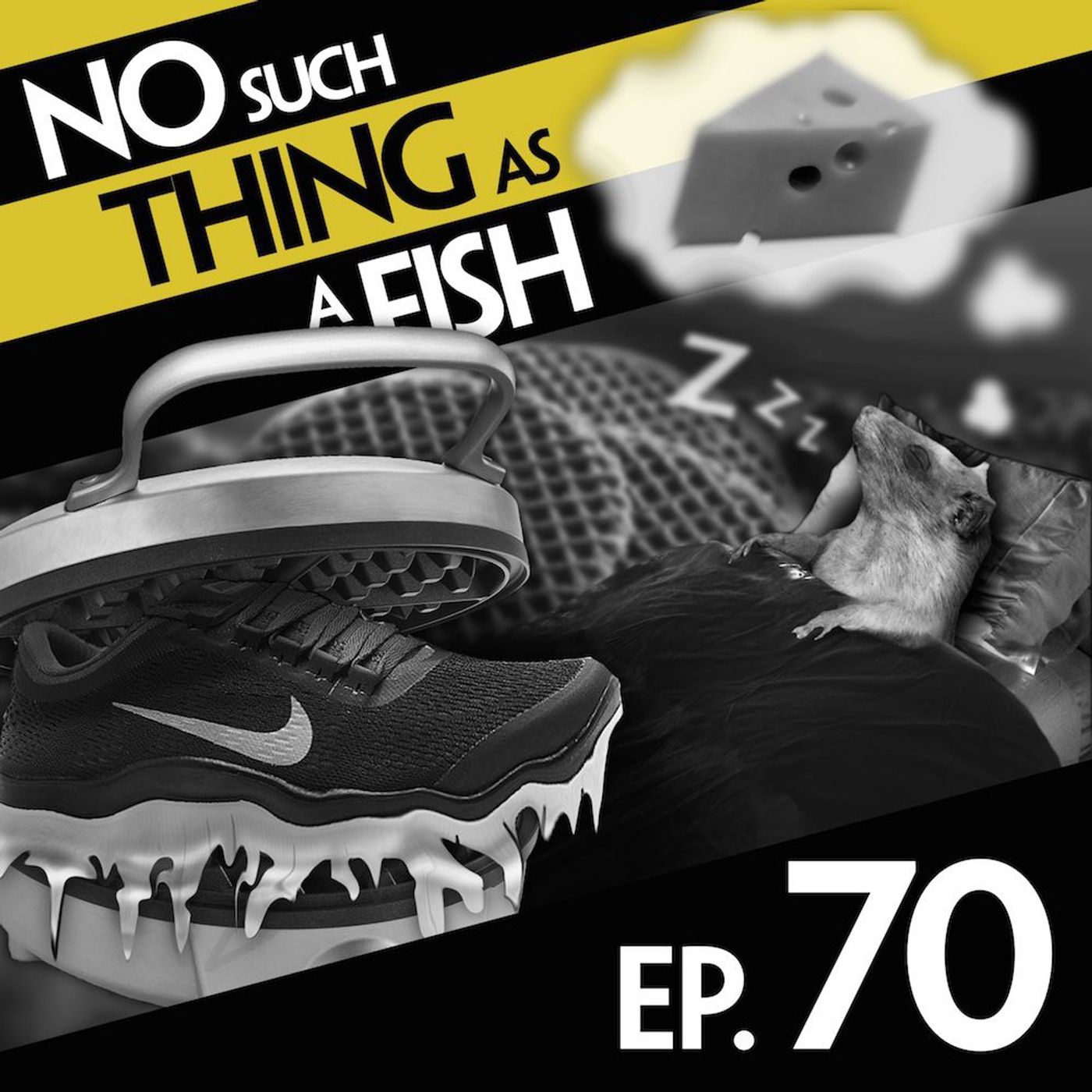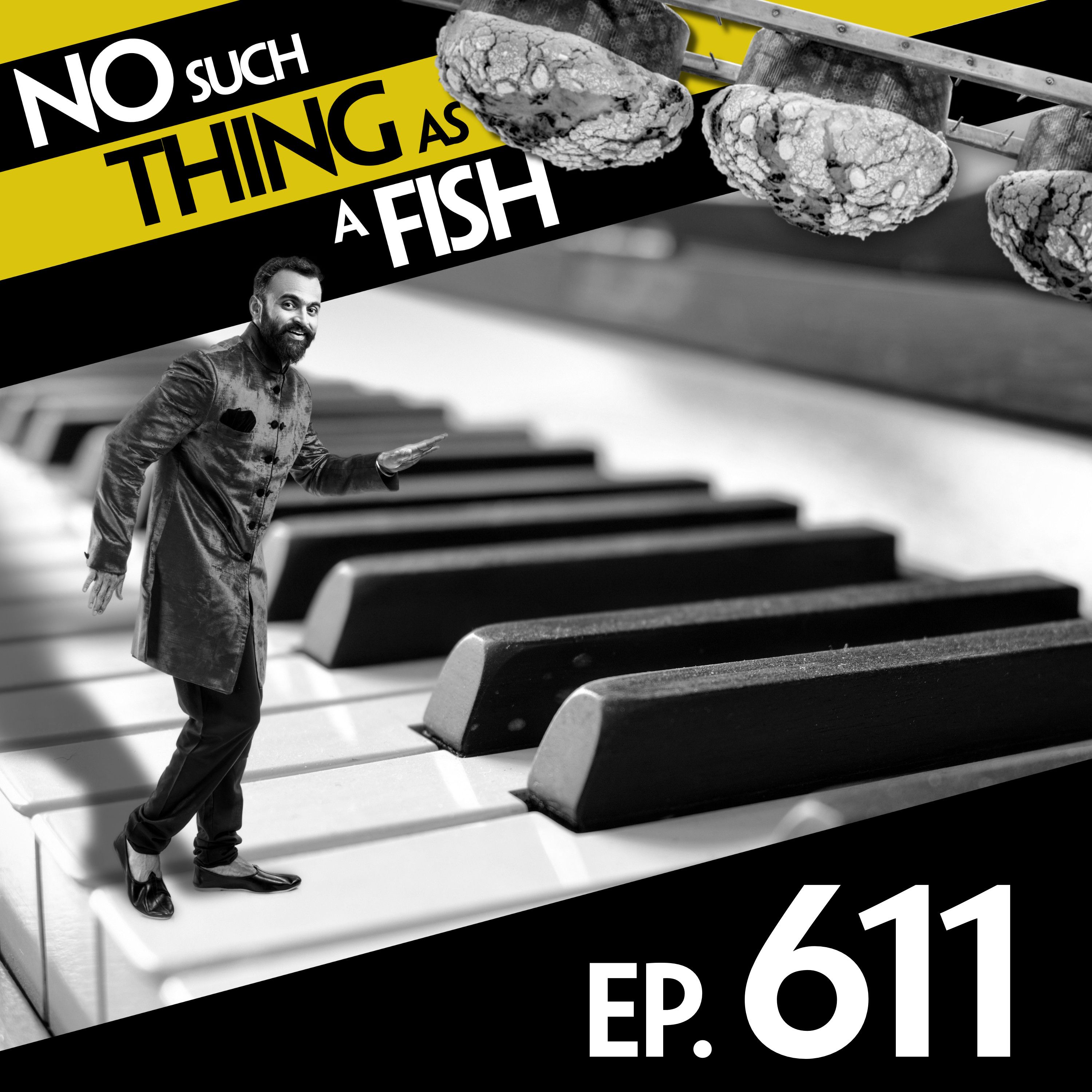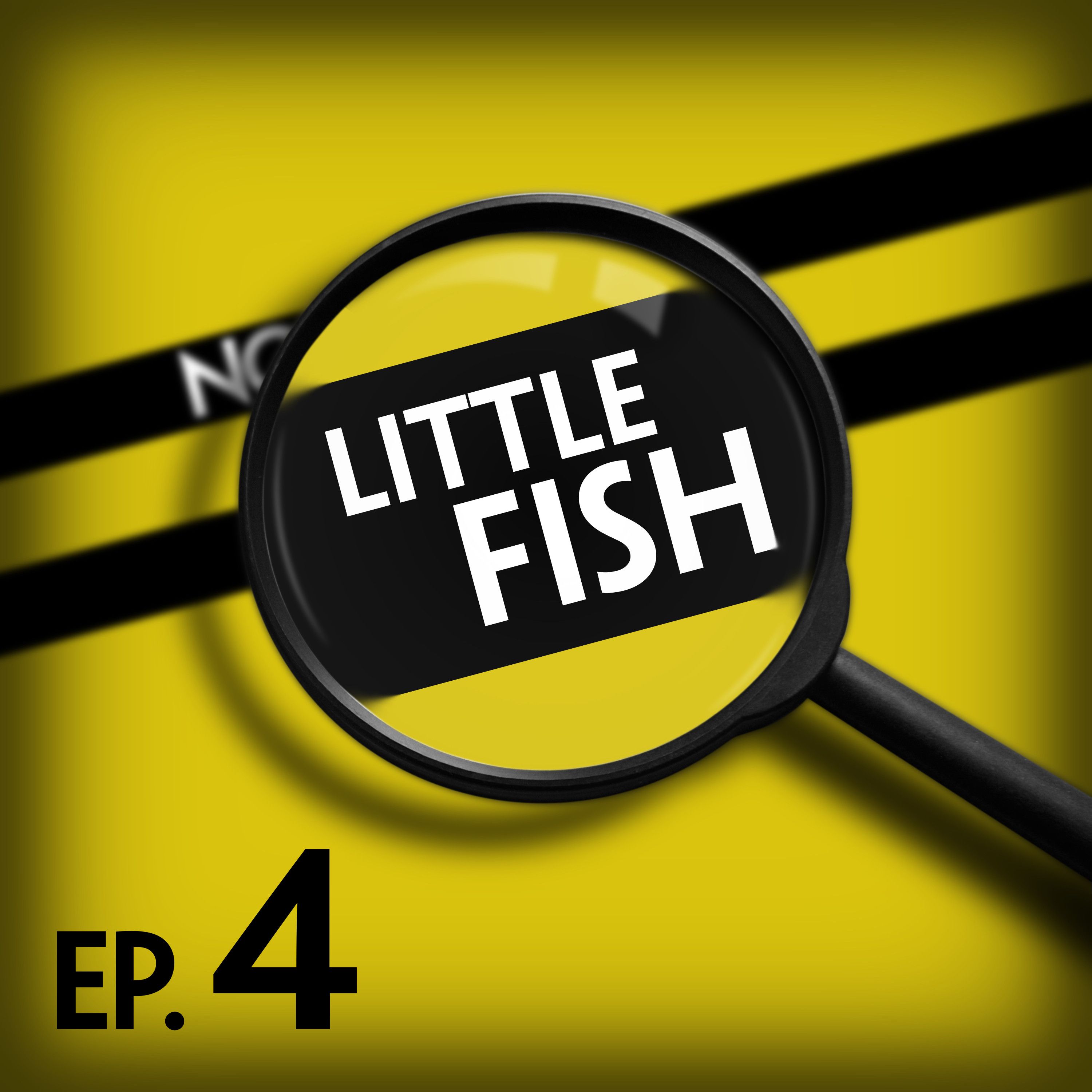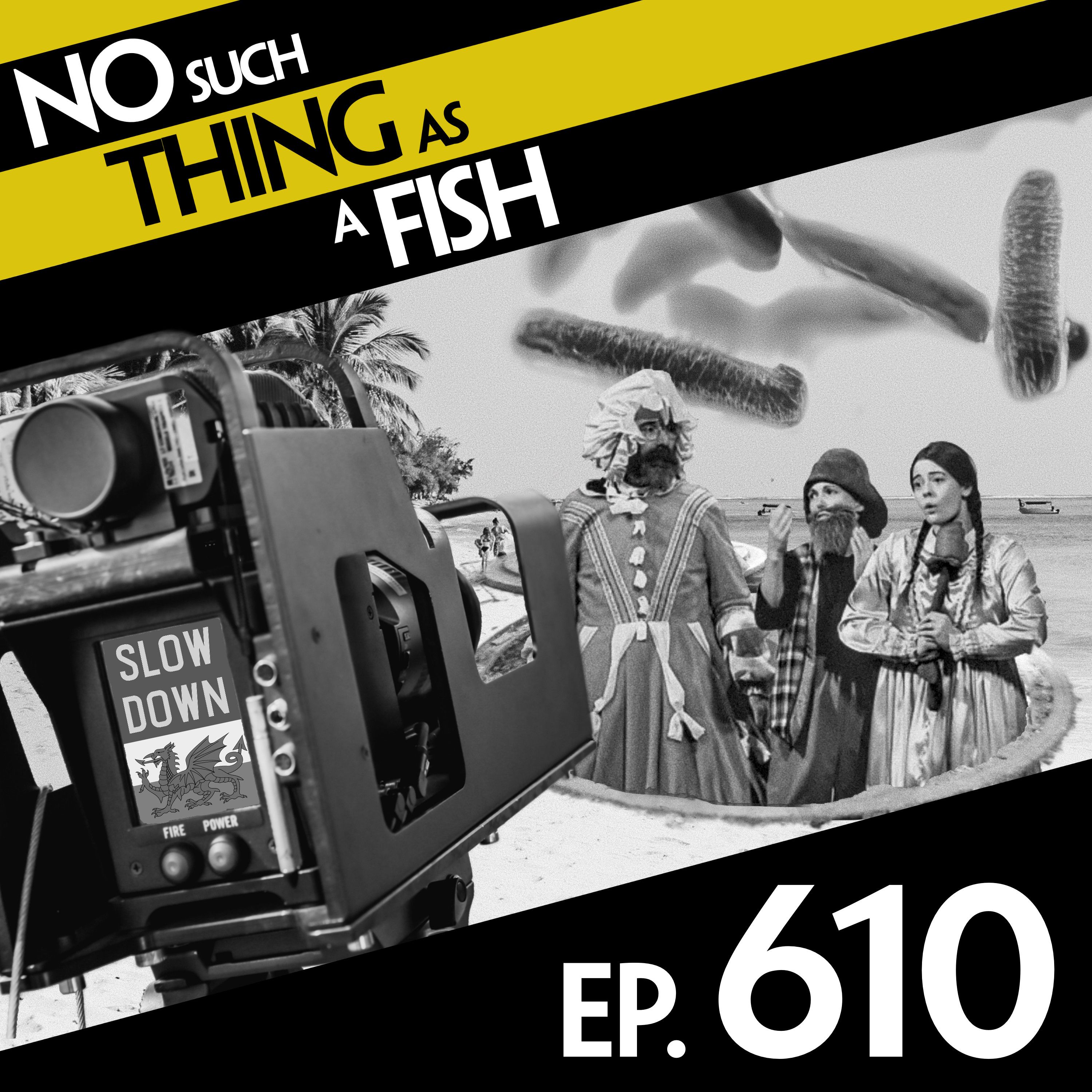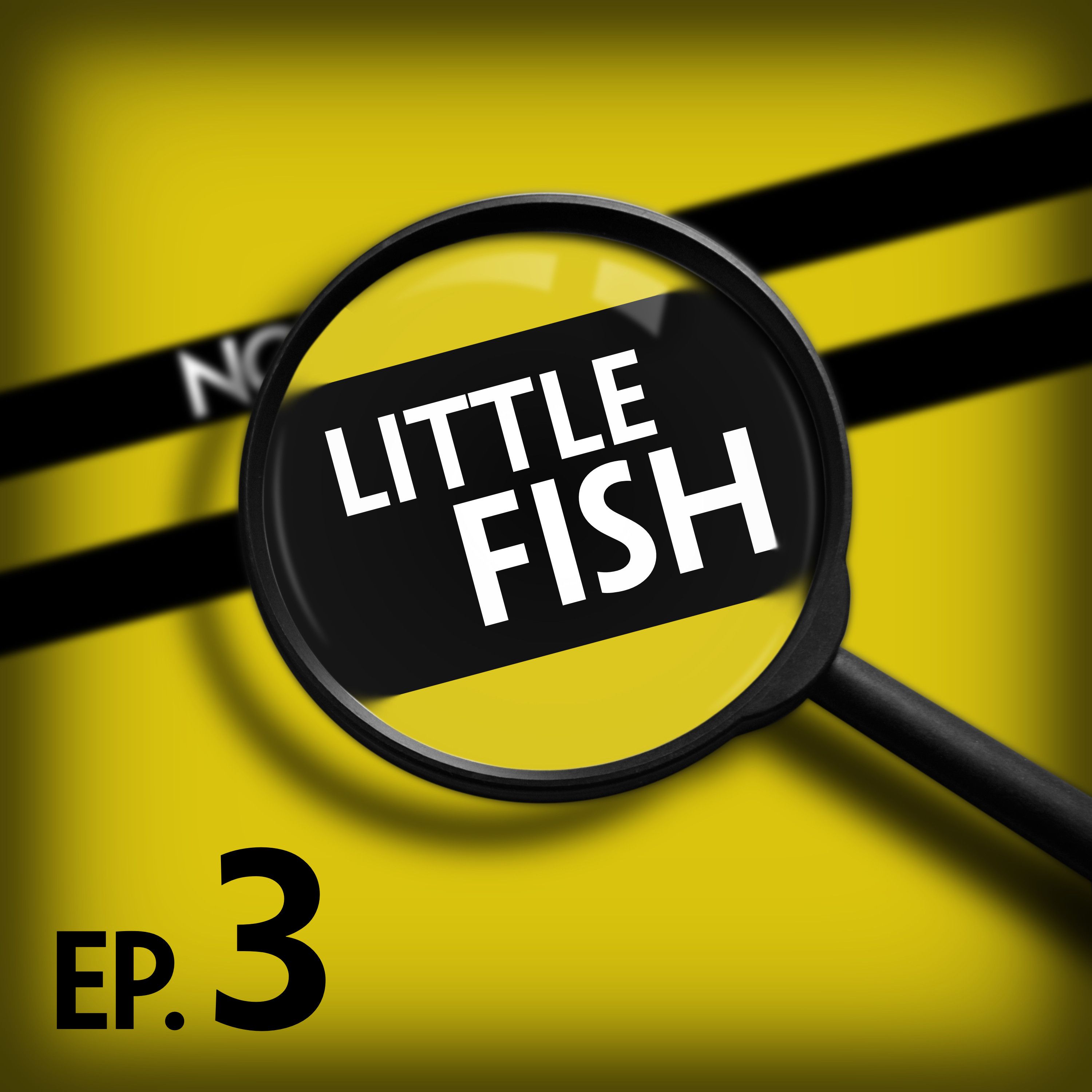70: No Such Thing As A Rat Multiborg
Dan, James, Andy and Anna discuss the age old debate of ‘Nike’ versus ‘Nikey’, telepathic rats, and 90 super-gripping babies.
Press play and read along
Transcript
Transcript is processing—check back soon.
No Such Thing As A Fish — 70: No Such Thing As A Rat Multiborg
